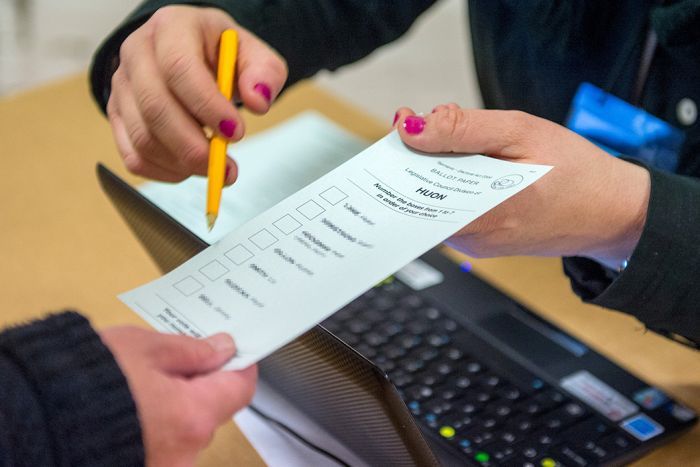
We need to keep spreading the true statistics…

Tom's Blog on Life and Livingness

We need to keep spreading the true statistics…

Boy is this ever true at my place! Schnauzers have to be the world’s best doorbells.


There is some truth in this!

An English music festival’s decision to install 5G network towers is drawing furious criticism from scientists and music fans alike. Last Wednesday, the Glastonbury Festival announced that it will test out a 5G mobile network at this year’s event. This will become the first time that 5G networks have been used at any festival. The announcement comes just months before the U.K. will deploy 5G throughout its country.

What are preferences and why do they matter?

If you have sleep issues get in touch with me. I will email you a recipe for a calcium and magnesium formula that helps heaps.


This is good advice.
RULES TO TEACH YOUR SON
Edit: No I didn’t make these up… simply sharing what I was told years ago.
YES THESE RULES SHOULD BE TAUGHT TO YOUR DAUGHTERS AS WELL